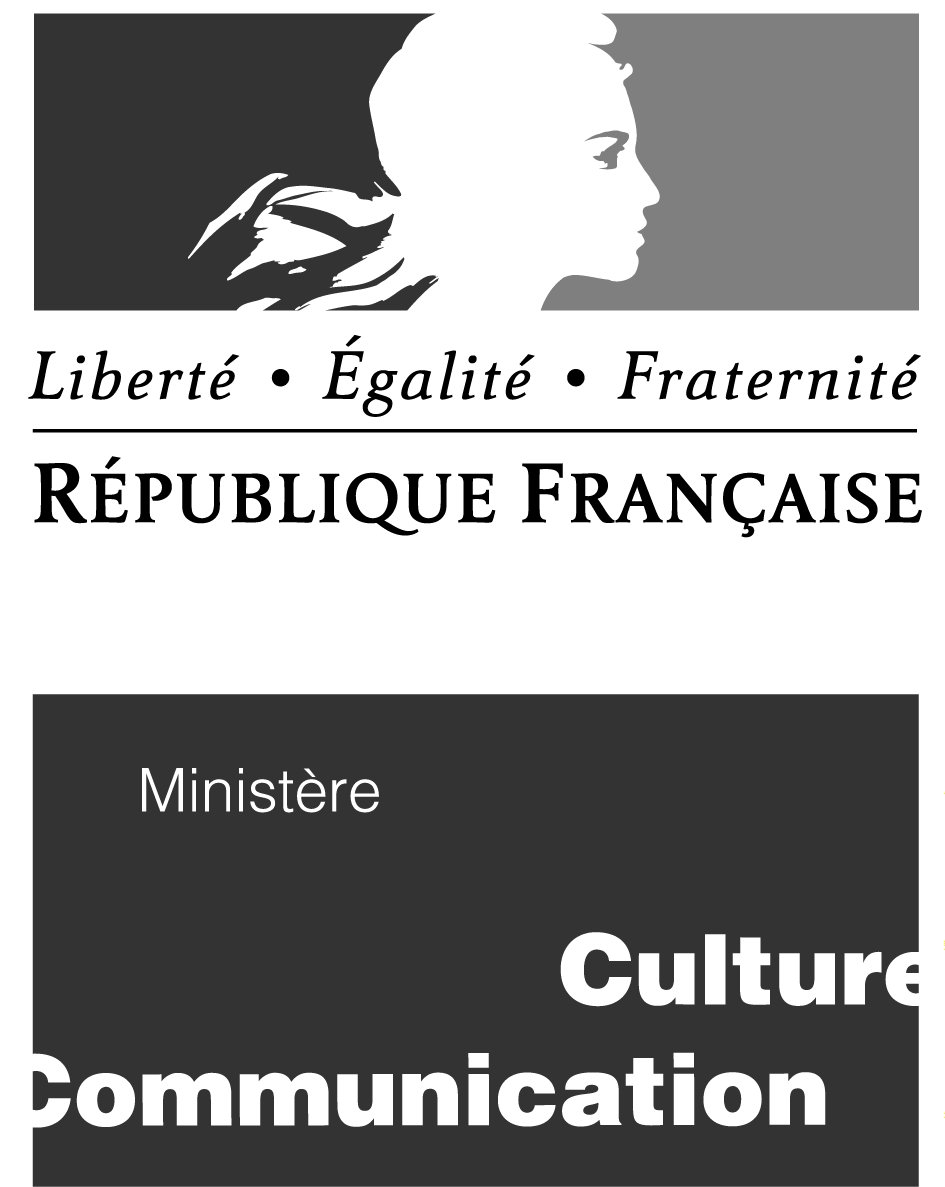Romances inciertos is an estuary, a delta. A zone which is hard to locate on the map, at the confluence between Spanish music of oral and “erudite” traditions that inspires dances, poems and mini-epics whose heroines play roles that are not their own. The stories of these characters, caught in a perpetual movement of metamorphosis, ambiguity, insistent imposture and burning indecision, are reflected in the very destiny of the melodies attributed to them. Romances Inciertos stages these two trajectories: the rebirth of the characters who have no choice but to transform reality to suit their desires – and the infinite mutation of musical motifs through the centuries. The uncertain identity of these figures is mirrored by the musical fusion.
Most of these melodies appeared during the 16th and 17th centuries in Spain. Since then they have been ceaselessly interpreted, modified, transformed. Each culture as well as each period re-appropriated these poems, constantly bringing the adventures of their heroines into the present. This is how these melodies, which come from the art of romance, from Sephardic songs or the jota, were introduced into Baroque music, Andalusian flamenco or even the transvestite cabarets of the Movida. The coplas – or verses – themselves were multiplied, and in the shadows of the most well-known versions of them, traces of bawdy popular song verses can be found in the archives, vestiges of the marginal destinies of these figures. The four soloists retrace these paths, borrowing from melodies originally written for other instrumentaria, boldly reconciling timbres reputed to be incompatible: the bandoneon fancies itself a harpsichord, the viola da gamba drones dolorous zambras, the percussion invites itself into sacred music and Baroque reminiscences of Sevillana marches emerge in the hollow of the theorbo.
The stage, encircled by tapestries whose weave combines multiple historical representations of nature, creates a landscape around the five performers. The dance erupts, renews itself and disturbs: both sister and rival to the music, it plays the role of impure art and challenges the body to exist in the present context. Simultaneously artificial and real, it attempts to attain impossible altitudes in a balancing act freed from gravity. The gestures are trapped in the gulf between “traditional” dances and their academic avatars – following in the footsteps of these choreographic mutations, whose history oscillates between plunder and inspiration.
It is therefore an adulterated, iridescent delta, on which the unexpected silhouette of Virginia Woolf’s Orlando appears to scintillate. But this particular Orlando is no longer a young lord of the royal court of England, who lives for four centuries and regularly falls into a deep sleep. He devotes his entire life to the writing of one and only one poem that reflects the colors of the periods he lives through and echoes the infinite mutations in art and society. As in the novel, we are in the presence of a character prone to eclipsing, who suddenly disappears only to reappear again in the guise of a woman, elsewhere in space and time.
Through the challenge of song and dance, this other Orlando dives into an epic form whose incessant metamorphoses never satiate the quest for an ideal form.
François Chaignaud, Nino Laisné, Célia Houdart
CREATION TEAM
Conception, stage direction and musical direction Nino Laisné
Conception and choreography François Chaignaud
Performance and singing François Chaignaud
Theorb and baroque guitar Daniel Zapico / Pablo Zapico
Bandoneon Jean-Baptiste Henry
Violas de gamba François Joubert-Caillet / Robin Pharo / Thomas Baeté
Historical and traditionnal percussions Pere Olivé / Onofre Serer Olivares
Lighting design and technical direction Anthony Merlaud
Sound technician Charles-Alexandre Englebert
Dresser on tour Cara Ben Assayag
Costumes design Carmen Anaya, Kevin Auger, Séverine Besson, María Ángel Buesa Pueyo, Caroline Dumoutiers, Pedro García, Carmen Granell, Manuel Guzmán, Isabel López, María Martinez, Tania Morillo Fernández, Helena Petit, Elena Santiago
Settings
Painter in chief Marie Maresca
Painter Fanny Gautreau
Photo retouching Remy Moulin, Marie B. Schneider
Carpenters Christophe Charamond, Emanuel Coelho
Administration/production Barbara Coffy, Jeanne Lefèvre, Céline Peychet
Tour planning Sarah de Ganck/ART HAPPENS
EXECUTIVE PRODUCTION
Vlovajob Pru & Chambre 415
COPRODUCTION
Bonlieu Scène nationale Annecy and La Bâtie – Festival de Genève with the support of FEDER programme INTERREG France-Switzerland 2014-2020, Chaillot – Théâtre national de la Danse, Paris, deSingel — Anvers, Maison de la musique de Nanterre, Arsenal/ Cité musicale-Metz.
SUPPORTS
This project received the support of the region Auvergne-Rhône-Alpes, Spedidam, PACT Zollverein Essen, TANDEM Scène nationale, Anguiano city council – La Rioja, Pépinières Européennes pour Jeunes Artistes and the Huesca city council (residency Park in Progress 12), and was invited in residency in Teatros del canal in Madrid, Centre national de la danse, la Ménagerie de verre in Paris (Studiolab) and El Garaje in Cadíz.
SPECIAL THANKS
Jonathan and Cristopher Jiménez Cabeza, Rodrigo Cuevas, Xosé Antón Ambás, Ramses Ilesies Fernandéz, Gemma López Hernáez, Diego « Gorilla », Eva Hernández Blanco, Miguel Ángel Marín, Olalla Alemán, Célia Houdart and the whole team of Bonlieu Scène nationale Annecy.




